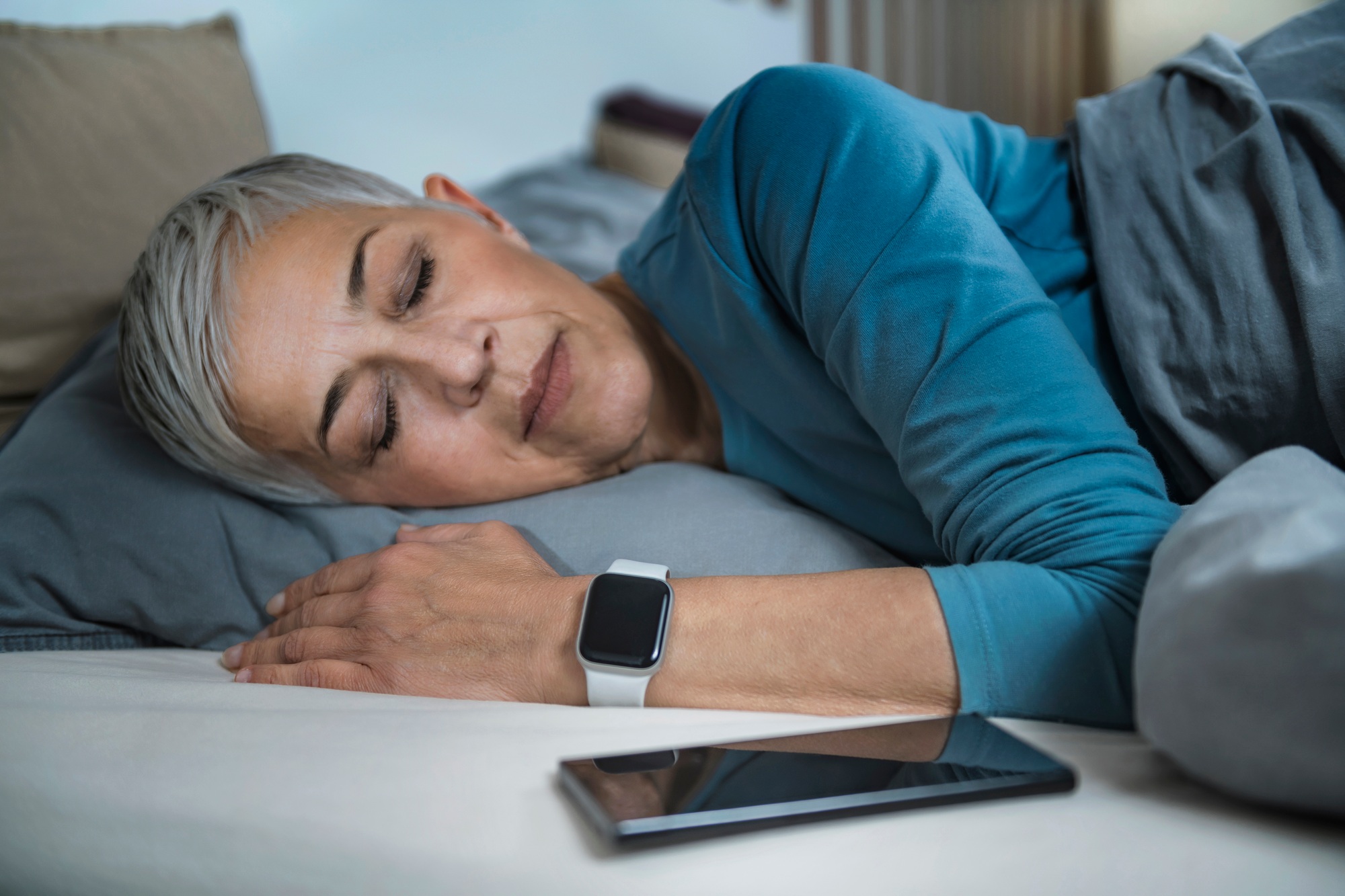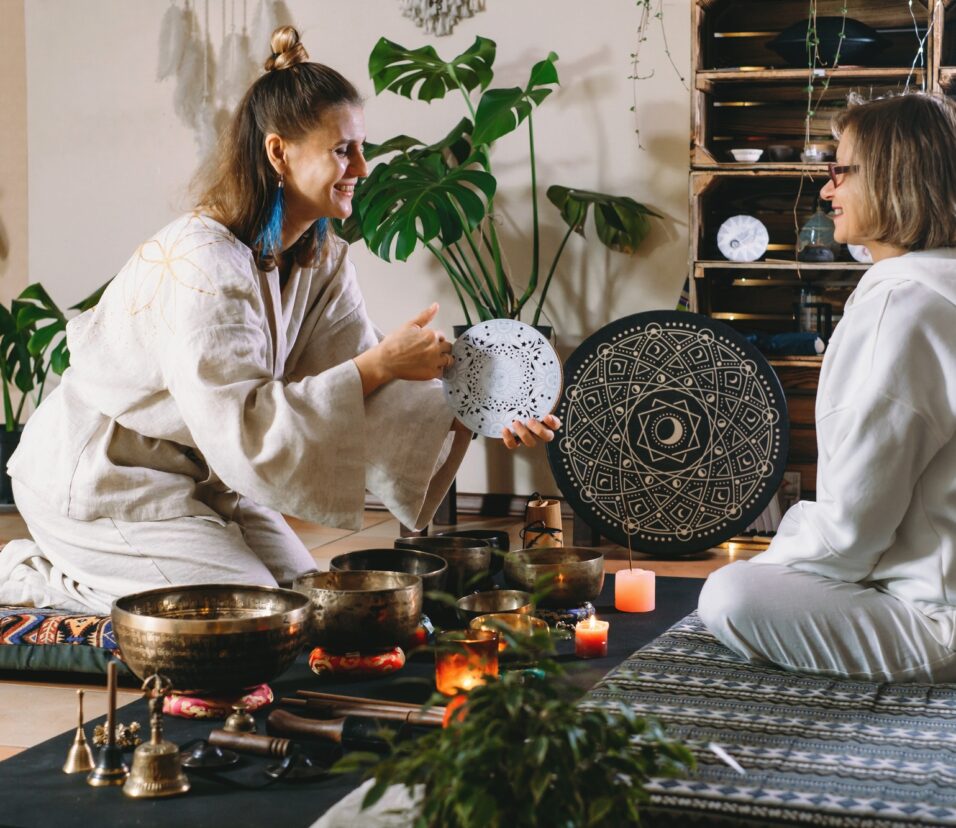😴 Sleep Tech & Recovery: How Modern Technology is Transforming Rest and Wellness
🌙 Introduction
Sleep is the foundation of health, performance, and recovery. While exercise and nutrition often get the spotlight, sleep is the hidden pillar that fuels energy, supports muscle repair, strengthens immunity, and optimizes mental clarity. Yet, millions of people worldwide struggle with insomnia, poor sleep quality, and disrupted circadian rhythms.
This is where sleep technology comes into play. From wearable trackers and smart mattresses to AI-driven apps and sound therapy devices, sleep tech is revolutionizing the way we approach rest and recovery. No longer do we just “go to sleep”—we now have the ability to measure, improve, and optimize every stage of the sleep cycle.
In this blog, we’ll explore:
- Why sleep is crucial for recovery and performance.
- The latest sleep technologies of 2025.
- How AI and smart devices are helping people sleep better.
- The connection between sleep, recovery, and longevity.
- Risks, limitations, and how to choose the right sleep tech.
💤 Why Sleep Matters for Recovery
Sleep is not just downtime—it’s active recovery time for the body and mind.
🔑 Key Benefits of Quality Sleep:
- Muscle Repair & Growth → During deep sleep, growth hormone is released, repairing tissues after workouts.
- Cognitive Performance → REM sleep improves memory, focus, and creativity.
- Immune System Strength → Sleep boosts resistance to illness and inflammation.
- Stress Regulation → Proper sleep reduces cortisol levels and balances hormones.
- Longevity → Research shows poor sleep is linked to chronic diseases and shorter lifespan.
Without proper rest, even the best workout plan or nutrition strategy will not deliver optimal results.
📱 The Rise of Sleep Technology
Sleep technology has expanded into a multi-billion-dollar industry, offering tools and devices that monitor, analyze, and improve sleep patterns.
⚡ Categories of Sleep Tech:
- Wearable Sleep Trackers → Smartwatches, rings, and bands that track heart rate, HRV (heart rate variability), oxygen levels, and sleep stages.
- Examples: Oura Ring, WHOOP Strap, Apple Watch.
- Smart Mattresses & Bedding → Beds with temperature regulation, motion sensors, and AI algorithms to adjust firmness.
- Examples: Eight Sleep Pod, Sleep Number Smart Bed.
- Smart Alarms & Light Therapy → Sunrise alarms and circadian rhythm lights that wake you gently.
- Examples: Philips SmartSleep, Hatch Restore.
- Sound & Sleep Therapy Devices → White noise machines, binaural beats, and calming sound apps.
- Examples: Dodow, Bose Sleepbuds, Calm App.
- AI-Driven Sleep Apps → Apps that track snoring, breathing, and provide personalized recommendations.
- Examples: Sleep Cycle, RISE Science, Somryst (FDA-approved digital insomnia therapy).
🔬 How Sleep Tech Improves Recovery
Modern sleep technology works by targeting key aspects of recovery:
- Deep Sleep Optimization → Adjusting temperature and environment for restorative sleep.
- Stress & HRV Monitoring → Identifying stress load and recovery readiness.
- Smart Coaching → AI apps provide tailored bedtime routines.
- Snoring & Sleep Apnea Detection → Early warning systems to improve long-term health.
- Behavior Tracking → Analyzing caffeine, screen time, and workout impact on sleep.
By using data-driven insights, people can identify hidden issues affecting sleep and make better lifestyle choices.
🧠 Sleep Tech for Athletes & Active Lifestyles
Athletes and fitness enthusiasts are some of the biggest adopters of sleep tech. Why? Because performance depends heavily on recovery.
- WHOOP Strap tracks recovery score, strain, and sleep cycles to optimize training load.
- Oura Ring is used by NBA players, Olympic athletes, and biohackers to balance training intensity with recovery.
- Smart mattresses regulate cooling, preventing overheating during sleep (a common disruptor for athletes).
These tools help ensure peak performance while preventing overtraining and injury.
🌍 Sleep Tech & The Future of Wellness
With AI, neuroscience, and biotechnology merging, the future of sleep tech looks groundbreaking.
🔮 Future Trends in Sleep Tech (2030 and beyond):
- AI-Powered Smart Homes → Bedrooms that adjust temperature, light, and sound automatically.
- Brainwave Monitoring Headbands → Directly tracking REM and deep sleep brain activity.
- Personalized Supplements → AI-driven nutrition for optimal sleep cycles.
- Sleep Pods & Capsules → High-tech recovery pods in workplaces and airports.
- Integration with Mental Health Apps → Combining sleep data with mood tracking for holistic wellness.
The goal: prevent sleep disorders early, improve recovery, and extend healthy lifespan.
⚖️ Risks & Limitations of Sleep Tech
While sleep technology is powerful, it is not a magic cure.
⚠️ Potential Risks:
- Sleep Anxiety → Constant monitoring may cause stress about “perfect sleep.”
- Data Accuracy → Consumer devices are improving but still less precise than lab sleep studies (polysomnography).
- Over-Reliance → Tech is a tool, but good sleep hygiene is essential (dark room, no screens before bed, consistent bedtime).
- Privacy Concerns → Data collection by apps and devices raises security questions.
Balance is key—sleep tech should guide, not control your lifestyle.
✅ Best Practices for Using Sleep Tech Effectively
If you’re considering sleep technology, follow these strategies:
- Start Simple → Begin with a wearable or sleep app before investing in a smart mattress.
- Track Patterns, Not Perfection → Look for long-term trends rather than daily fluctuations.
- Combine with Sleep Hygiene → Limit blue light, avoid caffeine late in the day, and keep a consistent schedule.
- Use AI Coaching Wisely → Follow recommendations but adjust based on your body’s feedback.
- Don’t Forget Natural Recovery → Meditation, yoga, and mindful breathing still play a huge role in sleep quality.









Leave feedback about this